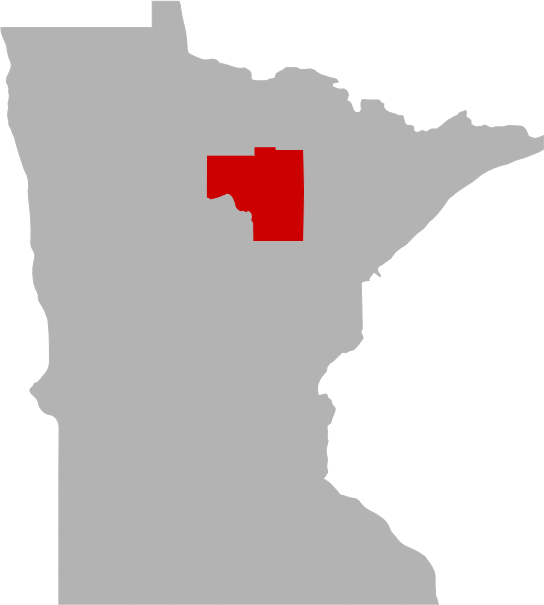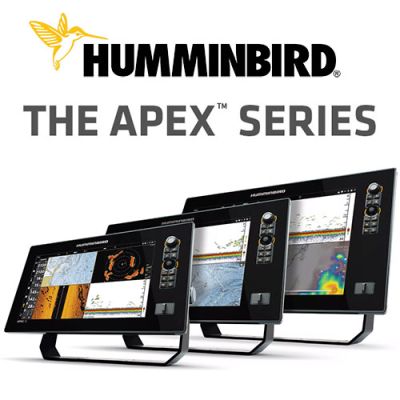Today's Best Fishing Times
Get the best fishing times for South Twin Lake with Lake-Link's Fishing Forecast. SEE MORE

Share your catch!
We want to see what you've caught on South Twin Lake.Frequently Asked Questions About South Twin Lake, MN
- How big is South Twin Lake?
- How deep is South Twin Lake?
- What kind of fish can you catch in South Twin Lake?
- Are there places to stay in the South Twin Lake area?
- Are there places to eat and drink near South Twin Lake?
- What is the average air temp for South Twin Lake?
- Are there any state parks near South Twin Lake?
How big is South Twin Lake?
How deep is South Twin Lake?
What kind of fish can you catch in South Twin Lake?
Other fish species in the lake include Cisco (Tullibee), Shorthead Redhorse, Silver Redhorse and White Sucker.
Are there places to stay in the South Twin Lake area?
More Lodging Options
Are there places to eat and drink near South Twin Lake?
What aquatic invasive species are found in South Twin Lake?
Join us in the fight to prevent the spread of invasive species These sneaky creatures can hitch a ride on boats, clinging onto propellers, anchor lines, and trailers. They can even survive in hidden places like bilge water and ballast tanks, or disguise themselves in dirt and sand that sticks to nets, buckets, anchors, and waders. But don't worry, we have the power to stop them in their tracks with just a few simple steps. So let's do our part and protect our waters from these unwanted invaders.
History & Status of the Fishery
South Twin is a 179 acre lake located just south of Marble, MN. Access can be obtained via North Twin Lake through the channel on the north side. The 2001 lake management plan indicated largemouth bass and northern pike were primary species for management while black crappie were secondary species.
In 2008, the black crappie gill-net catch rate was 2.8/net while the trap-net catch rate was 0.3/net. The gill-net catch was above average while the trap-net catch was below average. The catches for both gears were the lowest ever recorded for the lake. Fish sampled in gill nets ranged from 5.3 to 10.4 inches and averaged 6.9 inches while trap-net fish had a similar size distribution. Five year-classes from age 2 to age 7 were sampled. Two and three year old fish were the most prevalent, representing 74% of the sample. Growth was slower than that reported other class 31 lakes.
Bluegill trap-net catch rates were 5.1 fish/net. The catch in 2008 was near the lake class 1st quartile value of 6.1/net and towards the lower end of previous catches. The fish ranged from 3.1 to 7.6 inches and averaged 5.2 inches. Six year-classes were identified ranging from 3 to 8 years old. The 2005 year class represented 43% of the sample. Growth was slow compared to the average for class 31 lakes.
Largemouth bass were sampled with spring night electrofishing in 2008. Electrofishing catch rates increased substantially from 1999 to 2008. In 2008, 99 largemouth bass were captured for a catch rate of 99.0 fish/hr compared to just 9.0 fish/hr in 1999. The fish ranged from 3.2 to 16.8 inches and averaged 9.6 inches. The population appeared to have fairly consistent recruitment for the last six years. Eight year-classes were identified with the 2005 and 2006 year-classes representing 43 and 34% of the sample, respectively. The South Twin bass population appears to be another example of a lake in the area responding well to recent weather patterns.
Northern pike gill-net catch rates have trended up in all assessments since 1958 and were the highest on record in 2008. The catch of 15.7 fish/gill net was well above average. The sampled fish ranged from 10.8 and 27.4 inches and averaged 17.6 inches. Seven age-classes were sampled from one to eight years old. Recruitment appears to be consistent and high in recent years. Two and three year old fish represented 33 and 34% of the sample, respectively. Growth was similar to statewide averages for all ages. Although tullibee and white sucker catches were good for this lake class, only three yellow perch were sampled. It appears the combination of the abundant northern pike spawning habitat, lack of yellow perch, and an unknown amount of harvest of 20 inch and longer northern pike are limiting northern pike size structure.
Other species observed during the population assessment included bowfin, pumpkinseed sunfish, rock bass, shorthead redhorse sucker, white sucker, walleye, yellow bullhead, and yellow perch.
In order to maintain or improve fish and wildlife populations, water quality and habitat must be protected. People often associate water quality problems with large-scale agricultural, forestry, urban development or industrial practices in the watershed. In reality, the impact of land use decisions on one lake lot may be relatively small, yet, the cumulative impact of those decisions on many lake lots can result in a significant decline in water quality and habitat. For example, removing shoreline and aquatic vegetation, fertilizing lawns, mowing to the edge of the water, installing beach sand blankets, failing septic systems and uncontrolled run-off, all contribute excess nutrients and sediment which degrade water quality and habitat. Understanding these cumulative impacts and taking steps to avoid or minimize them will help to insure our quality fisheries can be enjoyed by future generations.
What is the average air temp for South Twin Lake?
Are there any state parks near South Twin Lake?
For more Minnesota State Park information see our State Park Guide.
More Nearby Lakes To Explore
There's more lake's to explore around South Twin Lake...| DISTANCE | ACRES | MAX DEPTH | |
| North Twin Lake | 0.6 mi | 239 | 42 ft |
| Holman Lake | 1.5 mi | 148 | 65 ft |
| Big Diamond Lake | 2.3 mi | 156 | 31 ft |
| Upper Panasa Lake | 2.8 mi | 148 | 13 ft |
| Lower Panasa Lake | 3.3 mi | 248 | 25 ft |
| Little Sand Lake | 3.8 mi | 210 | 44 ft |
| Canisteo Pit | 4.2 mi | 1,350 | 311 ft |
| Snowball Lake | 4.6 mi | 145 | 38 ft |
| Trout Lake | 4.7 mi | 1,854 | 135 ft |
| Lammon Aid Lake | 4.8 mi | 63 | 21 ft |

















